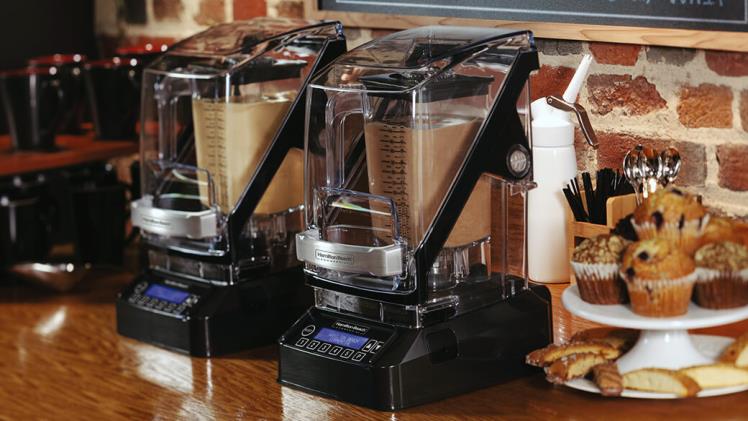Commercial blenders are necessary for many businesses, including restaurants, cafes, and smoothie bars. They can blend, chop, and puree different foods, allowing chefs to create various dishes. They are designed for heavy-duty and can prepare large quantities of food and beverages quickly and efficiently.
However, when purchasing a commercial blender, the Cost can be a significant factor. In this article, we will explore factors that can influence the Cost of commercial blenders and provide insights into what to consider when purchasing.
Material and size
Regarding commercial blenders, the Materials used in construction can significantly affect the price. Blenders made with high-quality materials, such as stainless steel, are often more expensive than plastic or other materials. The plastic ones also do not last, and they are frequently replaced. Frequent replacement means a higher cost in the long run.
The size of the blender can also influence the Cost since larger models require more material to manufacture. Investing in a high-quality, durable model may be the best option for businesses that need a larger blender. Cheaper blenders may be more affordable upfront but may only last for a short time or perform as well as more expensive models.
Motor Power and Speed
The power of a blender’s motor and the speed at which it operates can also impact the Cost. Commercial-grade blenders typically have more powerful engines than residential blenders, allowing them to handle tougher jobs easily. However, higher motor power often correlates with an increased commercial blender price in Kenya.
Blenders with multiple speed settings or variable controls may also command a higher price. They provide more options for blending different types of food, and this versatility often comes with A premium price tag. Those with smaller power cannot be used in a commercial setting since they are slow, and can not handle large quantities simultaneously, so they consume a lot of time.
Additional Features
Additional features, such as programming options, sound enclosure, and automatic shutoff, can further increase the Cost of a commercial blender. Some blenders may come with built-in timers or pre-programmed settings for different types of food, allowing businesses to save time and create consistent results. Those that have these features tend to be more expensive than those without.
Reducing operating noise levels is also a consideration, especially in busy kitchen settings. While these features may come at a higher cost, they can also provide additional Convenience and efficiency for businesses that use blenders frequently.
Conclusion
The Cost of commercial blenders can vary based on a variety of factors. Materials, size, motor power, speed, and additional features are just a few considerations that can influence the price point. Businesses need to consider their special before making a purchase; a low-cost blender may be tempting, but it may not hold up to frequent use, leading to costly repairs; or replacements in the future.
On the other hand, purchasing an expensive model with rarely used features may not be a wise investment. Ultimately, businesses should balance quality and Cost, investing in a blender that can meet their needs without breaking the bank. Investing in the right one increases productivity and improves customer service and long-term can’t saving, making it a worthwhile investment for any business.

